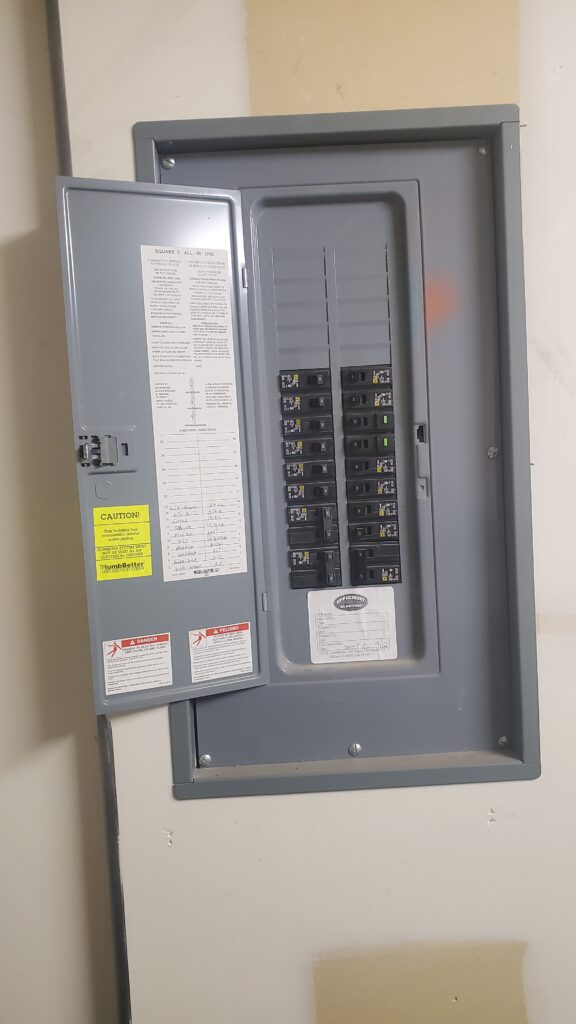Methods to Determine If Your Phoenix Home’s Electrical Panel is Overloading

Every house has multiple electrical circuits installed to supply electricity to different appliances. These electric circuits consist of wires, a breaker (either fuse or magnetic) and an electrical panel. This electrical panel contains many outlets where we can plug home appliances, mobile phones, house lighting etc. Most electrical circuits used in residential areas and homes have capacity ranges between 100 to 200 Ampere. The number of devices plugging into the electric panel determines the “Load” on the circuit.
If you want to install new appliances or make up-gradation in the house, make sure that either electrical circuit is capable enough to handle the extra load. Breakers present in the circuit is responsible to prevent tripping and sparking around the electrical panel. But if you overload the circuit without knowing its limits, it is foolish to think that breaker will handle that burden. This overload either melts the fuse or shut down the electrical supply to the appliances connected to the circuit.
Methods to Determine the Capacity of Electrical Panel
House safety should be our priority while installing electrical panels in the house. But sometimes, we continuously overload the electrical panels in our house without any clue. This ignorance of us may turn into electrocution and intense house fires. No one even to think about happening such incidents to his house. So, how can we know that the electrical panel of our house are overloading or not? In this article, we are going to provide you answer to this question. In the following, we are presenting some telltale signs that indicate that your breaker box is outdated. By replacing this breaker box before any house up-gradation, we can prevent dangerous incidents in the future.
How to tell if the Electric Panel is Handling more Amperage?
The load on an electric panel depends upon the number of devices plugged in to its wired electrical outlets. For the overloading of an electric panel, not all slots need to be occupied by devices. Sometimes, only one or two devices are heavy enough that their load is almost equal to the electric panel’s capacity. For example, the capacity of an electric panel to bear load is 200 Ampere. If you connect an 800 Watt dryer and 850 Watt washing machine with this panel, the panel will reach its limits. Plugging of any other device will result in fuse damage or power off of this panel.
Signs That Show that an Electric Panel Is Nearby of Its Capacity
Some particular signs that indicate that your electric panel is near to reaching its limits include:
- Flickering of lights and devices when you ON or OFF one of the slots of the electric panel.
- Frequent shutting of electric panels especially those which contain magnetic breakers.
- Buzzing or sound of continuous sparking coming from electric panel
If you are noticing any of these signs, immediately contact a licensed electrician and ask for guidance. Replacement of such electric panels with a new one is much better than facing a house fire incident.
How to Avoid Electric Panel Overloading
In most electric panels made for residential purposes, there is one breaker present for load management of two circuits. If there are multiple electric circuits installed in your house, you can use the tandem circuit to extend the electricity supply to different places of the house while maintaining security and safety.
Most old electric panels installed in the houses either have no breaker or fuses in them. These fuses are not able to handle an electrical overload and quickly melt. While newer electric panels, magnetic or electric breakers are present which quickly shut off the electrical circuit without any damage to home appliances. If you are remodeling your house and adding square footage with more electrical outlets, it is wise and prudent to upgrade electric panels with a new ones for better electric load management.
